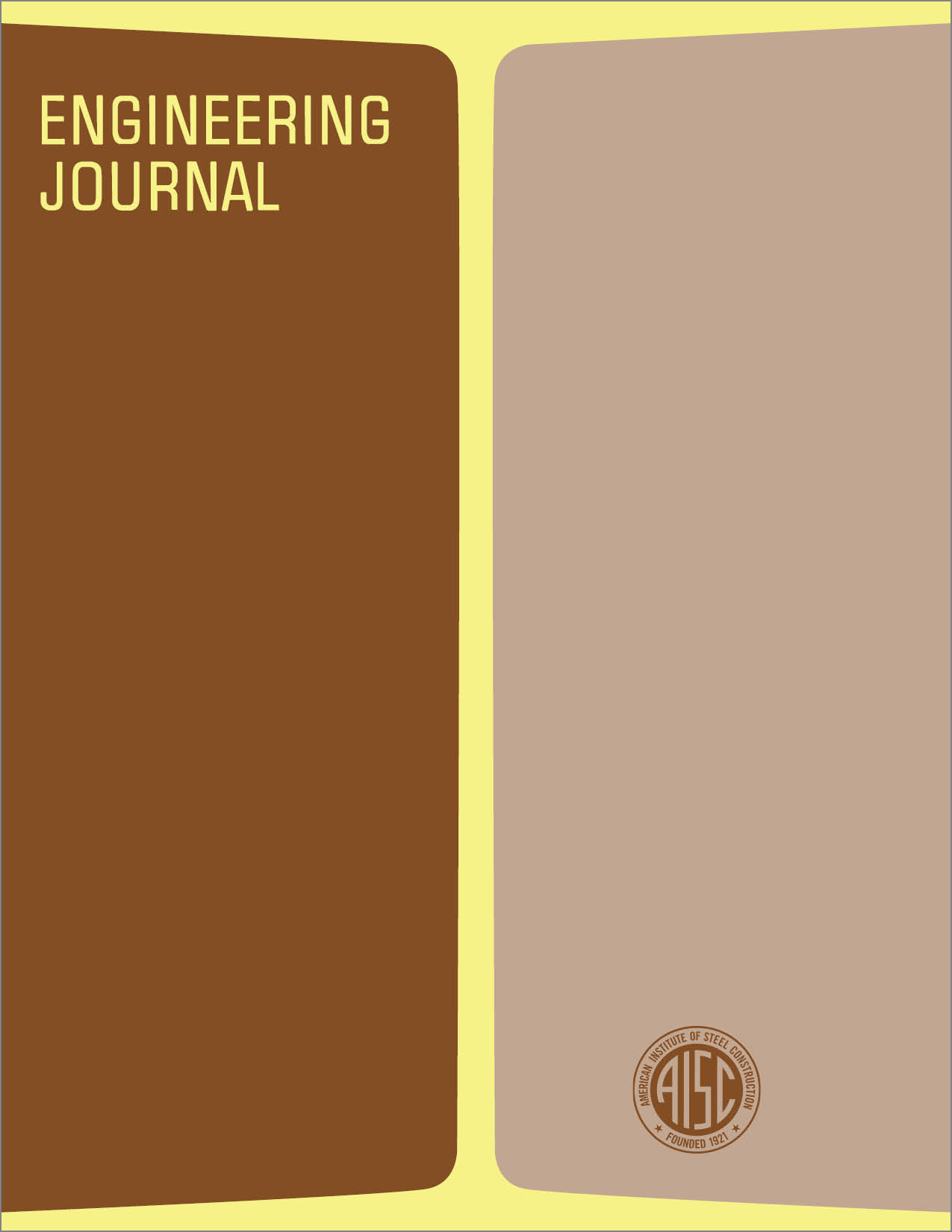Fire Resistance of Protected Steel Columns
DOI:
https://doi.org/10.62913/engj.v10i3.211Abstract
Fully developed building fires generally attain gas temperatures in the order of 2000 degrees Fahrenheit. As the mechanical properties of steel deteriorate rapidly at temperatures of about one half this magnitude, it is necessary to provide some means of keeping steel columns relatively cool during exposure to fire, with the possible exception of extremely massive steel sections. External insulation of a steel section to prevent excessive heat transfer during the expected period of fire exposure is the most common method of providing fire resistance, although internal liquid-cooling has recently proved to be a viable protection method as well. Typical forms and methods of fire protection in current use are illustrated. Light protection using low density materials applied either to the profile of a section or in box form is most popular from an economic point of view. Massive protection, particularly concrete encasement, is used in special cases and forms the subject of a separate study. External protections, which do not readily fall into either of these categories, have been labeled "complex protection" because their analysis may require special methods or engineering judgment. Box protected H-columns with core filling or very thick contour protection are examples. Liquid filling as fire protection can be accomplished by use of design methods described in Refs. 3 and 4. This paper will confine itself to the fire resistance of steel columns protected by relatively low-density materials, examining the problem by both fundamental and experimental engineering methods.

